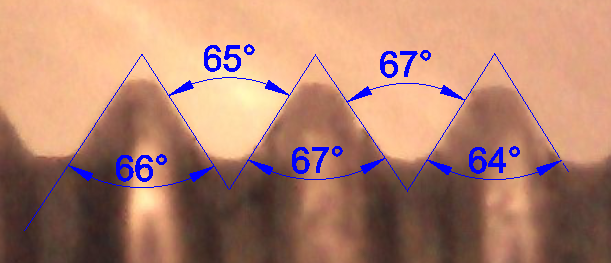- Joined
- Dec 14, 2015
- Messages
- 19
Can anyone tell me what the thread size is for spokes for car wheels? There is plenty of information online about bicycle spokes and I have found reference to these being a thread designated BC2.x, where x is 0, 1, 2, 3 etc.
I also came across this which refers to car wheel spokes having 32 tpi but being a BA threadform.
http://www.vintagerims.com/Spokes_and_nipples_Vintage_Rims.html
I am in the process of rebuilding some Austin 7 wheels and the spoke threads are 32 tpi as stated on the link. I'd quite like to buy a tap to tidy up the re-usable nipples and a die nut to tidy up the re-usable spokes. No. 10 UNF is close - it is the same pitch but smaller diameter than the spokes which measure very close to 5mm major diameter. M5 is closer but still not quite right. Does anyone have a more definitive description of the threads typically used on spokes for cars/motorbikes?
I also came across this which refers to car wheel spokes having 32 tpi but being a BA threadform.
http://www.vintagerims.com/Spokes_and_nipples_Vintage_Rims.html
I am in the process of rebuilding some Austin 7 wheels and the spoke threads are 32 tpi as stated on the link. I'd quite like to buy a tap to tidy up the re-usable nipples and a die nut to tidy up the re-usable spokes. No. 10 UNF is close - it is the same pitch but smaller diameter than the spokes which measure very close to 5mm major diameter. M5 is closer but still not quite right. Does anyone have a more definitive description of the threads typically used on spokes for cars/motorbikes?


